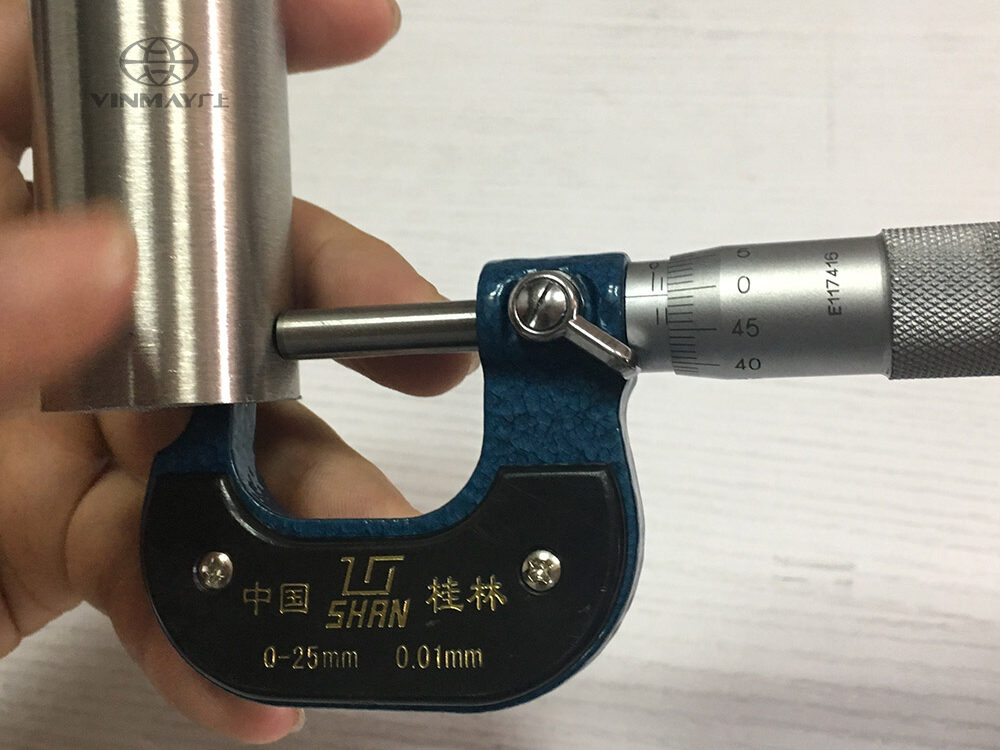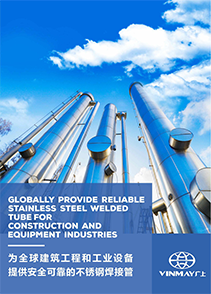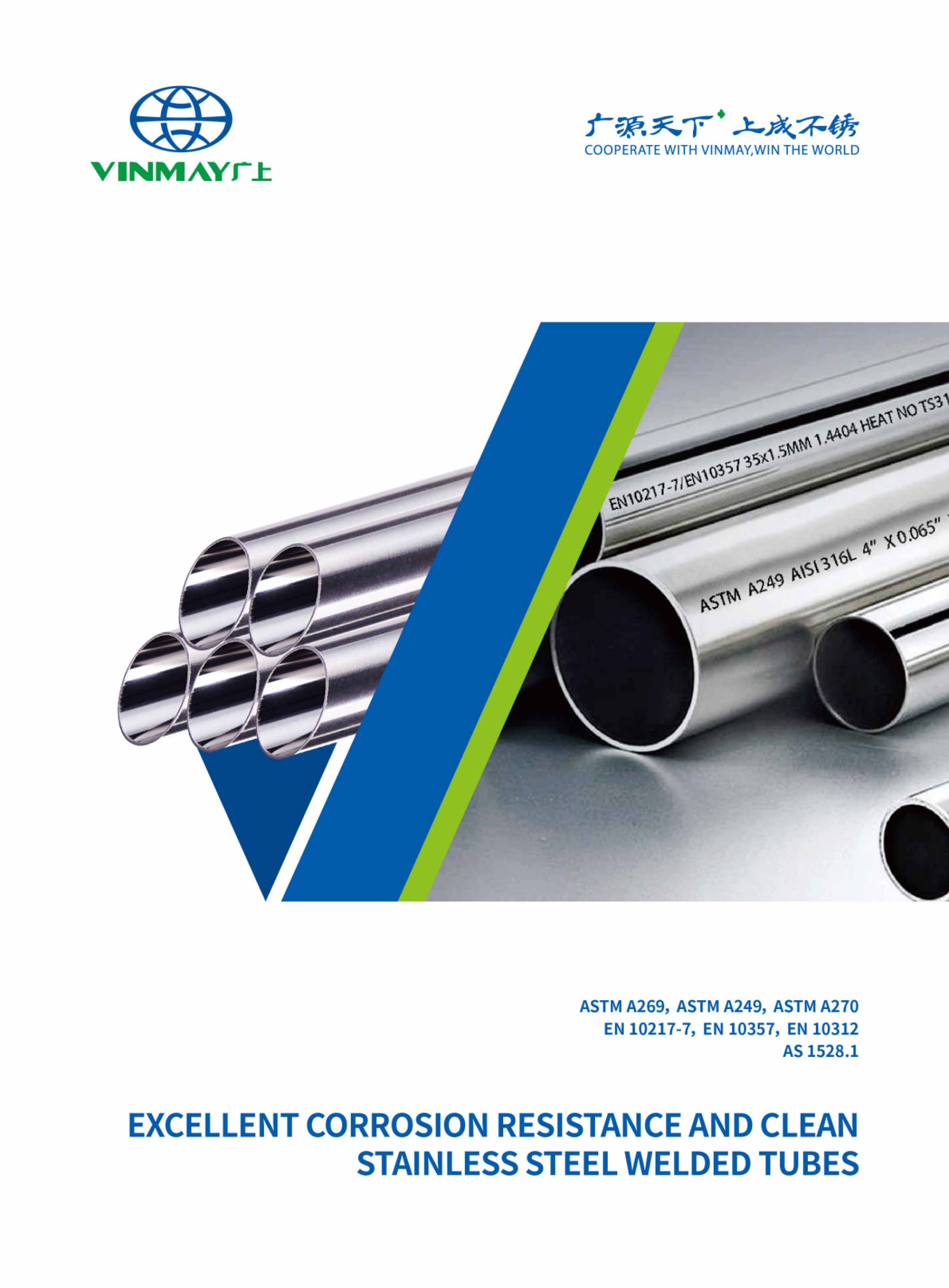
Saltwater is one of the harshest environments any material can face. From relentless UV rays and constant humidity to salt spray and wave impact, every component on a boat or marine structure must be built to resist corrosion and wear. That’s where marine stainless steel tubes come in.
Engineers, shipbuilders, and DIY boat owners rely on stainless steel tubing for marine use because it combines mechanical strength with exceptional corrosion resistance. In particular, marine-grade alloys like 316 and 316L stainless steel have become the industry standard for a wide range of applications — especially stainless steel tubing for boat rails, ladder supports, exhaust systems, and custom architectural features.
In this guide, we’ll explain why choosing the right marine stainless steel tube matters so much, what makes 316 stainless steel the preferred choice, and what specs, finishes, and certifications to look for. We’ll also share tips on care and maintenance to keep your stainless tubing looking polished for years.
When it comes to marine applications, not all stainless steels are created equal. While 304 stainless steel is common in many industries thanks to its good corrosion resistance and affordability, it often falls short in saltwater environments. That’s because seawater contains chlorides that can cause pitting corrosion, leading to premature failure of tubes and fittings.
This is why 316 stainless steel tubing for marine use is widely recommended by engineers and boat builders worldwide. What makes 316 special is the addition of molybdenum, which significantly improves resistance to pitting and crevice corrosion in chloride-rich environments like oceans and coastal areas.
Even better, 316L stainless steel — the low‑carbon variant — offers extra protection against weld decay and makes the tubes easier to fabricate without losing corrosion resistance. For critical marine projects, this added reliability helps ensure safety, longevity, and lower maintenance costs over the vessel’s lifetime.
When you choose marine stainless steel tubes made from 316 or 316L, you can rest assured that your rails, ladders, handholds, and structural supports will withstand years of salt spray, sun, and mechanical stress.
Selecting the right marine stainless steel tube isn’t just about choosing the right grade; it’s about matching the tubing to the specific structural and aesthetic needs of your project. Here are the key specs to pay attention to:
For marine applications, common outside diameters include:
Typical wall thicknesses range from:
Choosing the appropriate stainless steel tubing size and wall thickness depends on the specific load requirements and design considerations of your marine project.

Surface finish isn’t just about looks — it affects corrosion resistance too:
Selecting the right finish contributes to the durability and aesthetics of marine stainless steel tubing, particularly in visible, high-touch areas like boat rails.
When sourcing stainless steel tubing for marine use, always check:
These factors ensure the tubing can withstand harsh marine conditions effectively.
In marine environments, the durability and corrosion resistance of stainless steel tubing depend heavily on manufacturing quality and rigorous testing.
High-quality marine stainless steel tubes are typically made by precision TIG welding stainless steel coils into seamless-looking tubes with clean welds. Multiple polishing stages create consistent satin or mirror finishes, which enhance both appearance and resistance to saltwater corrosion.
Additionally, tubes can be customized in round, square, rectangular, or special shapes to meet diverse design and structural requirements in marine and architectural applications.
Comprehensive quality assurance includes:
Adhering to international certifications such as ISO 9001, PED, and others is crucial for ensuring consistent quality and safety.
Vinmay combines advanced manufacturing processes and strict quality control to provide marine stainless steel tubing that meets these high standards, supporting projects ranging from yachts to offshore platforms.

Marine stainless steel tubes are vital components in a wide variety of vessels and offshore structures. Their excellent corrosion resistance, mechanical strength, and polished appearance make them a preferred choice among boat builders, shipyards, and marine architects globally. Among these uses, stainless steel tubing for boat rails is especially critical, as it provides safety for passengers while contributing to the vessel’s aesthetics and overall design.
Common applications of stainless steel tubing for marine use include:
Choosing the right marine-grade stainless steel tube for these applications helps ensure safety, longevity, and aesthetic appeal in demanding saltwater environments.
Marine stainless steel tubes like 316 and 316L are built to resist corrosion, but regular care is important to keep them looking good and lasting longer in salty environments. Here are some simple maintenance tips:
Following these simple steps will help your marine stainless steel tubes stay durable and looking their best, year after year.

Choosing the right marine stainless steel tube involves balancing corrosion resistance, strength, appearance, and certifications — all while considering budget and project needs. Below is a side-by-side comparison of the two most common stainless steel grades used in marine applications: 304 vs 316 stainless steel.
| Feature | 304 Stainless Steel | 316 Stainless Steel |
|---|---|---|
| Saltwater resistance | Good in low-chloride environments | Excellent resistance in saltwater conditions |
| Wall thickness options | Typically limited (e.g., .049″) | Wider range (.065″, .080″ and custom sizes) |
| Finishes | Satin or basic polish | Satin, mirror, bright polished finishes |
| Certifications | Varies by supplier | Varies by supplier |
| Typical uses | Indoor railings, furniture | Boat railings, ladders, offshore structures |
By understanding these factors, marine engineers, boat builders, and architects can make informed decisions when selecting stainless steel tubing for marine use that delivers durability, aesthetic appeal, and safety.
Choosing the right marine stainless steel tube is about more than just corrosion resistance — it’s about safety, aesthetics, and long-term performance on the water.
At Vinmay, we produce certified stainless steel tubing for marine use, engineered to withstand the toughest saltwater conditions. Our tubes are tested and certified to ISO, PED, AEO, and other international standards, ensuring consistent quality, corrosion resistance, and reliability for every application.
Whether you need polished handrails for a luxury yacht, strong ladder supports, or fully customized tube sizes and finishes, our team is ready to help.
Contact Vinmay today and discover why boatbuilders and architects in over 100 countries trust our stainless steel tubing to protect crews, passengers, and investments at sea.

304 stainless steel can handle occasional moisture, but isn’t recommended for full saltwater exposure. For true marine durability, 316 or 316L marine stainless steel tube is a much better choice thanks to its molybdenum content.
Both resist saltwater corrosion well, but 316L has lower carbon content. This reduces the risk of weld corrosion, making it ideal for welded marine tubing.
Use thinner walls (like .049″) for cosmetic or lightweight frames, and thicker walls (.065″ or .080″) for structural parts like safety rails or boarding ladders.
Common options include mirror polish for a shiny look and better corrosion resistance, and satin finish for a softer, modern appearance.
For boat rails, 316 or 316L stainless steel tubing is strongly recommended due to its superior corrosion resistance in seawater. Common diameters range from 7/8″ to 1-1/4″ OD, with mirror-polished surfaces preferred for durability, aesthetics, and reduced salt accumulation.



